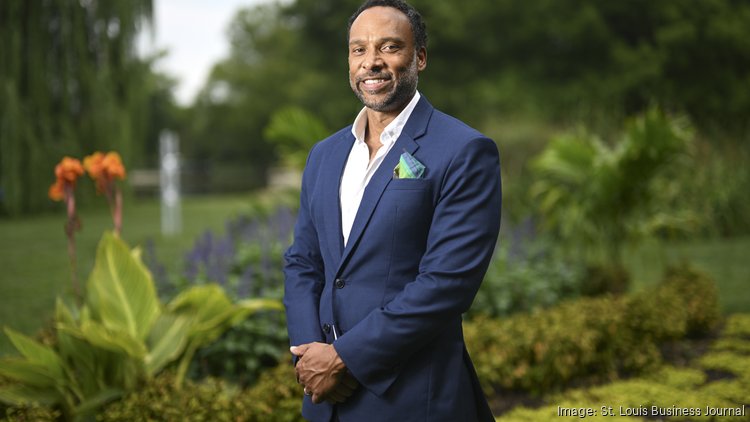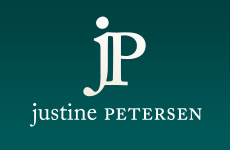By James Drew – Reporter, St. Louis Business Journal
Story Highlights
- Trump Administration plans 90% cut to CDFI Fund, threatening nonprofits.
- CDFIs leverage federal funds to attract private capital for underserved communities.
- Funding cuts could impact staffing and weaken local economies.
A pair of St. Louis-area nonprofits that have evolved into crucial funding sources for small businesses and families in low-income communities say a Trump Administration plan to cut 90% from a key federal capital source could devastate their operations.
St. Louis-based Justine Petersen Housing and Reinvestment Corp., its for-profit affiliate, Great Rivers Community Capital, and Chicago-based IFF are community development financial institutions, or CDFIs. The federal CDFI Fund isn’t their sole source of capital, but it’s a critical resource that helps bolster their assets to make it easier for banks and credit unions — their biggest sources of capital — to make investments in their missions.
“Without the CDFI Fund assistance providing the requisite equity to leverage private investment for deployable capital to small businesses, Justine Petersen and Great Rivers Community Capital would face formidable, if not dire, circumstances,” said Galen Gondolfi, president of the Great Rivers board of directors and a long-time Justine Petersen employee.

Dilip Vishwanat | SLBJ
Trump’s blueprint for the federal budget released earlier this month called for a reduction in the CDFI Fund from $324 million to $33 million. An executive order signed by Trump in March included the CDFI Fund, which is administered by the Treasury Department, as among “elements of the Federal bureaucracy that the President has determined are unnecessary.” An accompanying fact sheet said the the CDFI Fund is among the “woke programs” facing cuts and the White House said some CDFIs have been “irresponsibly dedicating funds to climate radicalism and Green New Deal causes.” The fact sheet did not identify them.
Gondolfi said the work and tangible impact of CDFIs should not be muddied by the “culture wars” in the current socio-political landscape.
“The clear reality is that CDFIs partner with banks and other mainstream financial partners to broaden the base of those who can participate in banking,” he said.
Since fiscal year 2010, recipients of the CDFI financial assistance program have originated nearly $300 billion in loans and investment in distressed and underserved communities, provided about $55.8 billion in financing to about 1.34 million businesses, and supported the development of about 557,000 units of affordable housing, according to the Treasury Department.
Like Justine Petersen, Chicago-based IFF is a nonprofit group certified by the Treasury Department as a CDFI. Stephen Westbrooks is executive director of the southern region that covers Missouri, Kansas, and southern Illinois. Chicago-based IFF, formerly the Illinois Facilities Fund, has eight other offices in the Midwest.
“Any cut (to the CDFI Fund) would have a pretty dramatic negative impact on IFF at large as well as IFF’s ability to do its work in the southern region,” said Westbrooks, who is based in St. Louis.

Stephen Westbrooks is executive director of the southern region for nonprofit group IFF, a community development financial institution certified by the Treasury Department.
Photo by Michael B. Thomas for SLBJ
Both Gondolfi and Westbrooks said the proposed Trump funding cut could be a threat to staffing at their CDFIs and ultimately impact small businesses and weaken local economies.
Since the St. Louis office opened in 2008, IFF has made 250 loans totaling $196.3 million in the metro area to support community development projects, particularly those benefiting low-income communities.
Justine Petersen — which has a reach that spans all of Missouri, 73 Illinois counties, and 28 Kansas counties — received $2.75 million in fiscal year 2024 from the CDFI Fund, including $1 million for loans to entrepreneurs with disabilities. That yielded $17 million in private investment, Gondolfi said. Justine Petersen’s filing for 2024 with the Internal Revenue Service is not available yet. The percentage of how much the CDFI Fund provides as a percentage of a CDFI’s total funding fluctuates year by year. In 2021, for example, Justine Petersen received $3.3 million from the CDFI Fund — 44% of its total revenue.
In either case, the federal funds aren’t a sole source of capital for CDFIs. But to project what the Trump funding cut would mean if they came to fruition, it’s crucial to understand where the bulk of funding for CDFIs originates.
Principally, CDFIs receive capital from banks, credit unions, and other private sector sources, Westbrooks said. For example, for every $1 that IFF receives from the CDFI Fund, it attracts an additional $12 in private capital, he said.
Those funding sources lend money to IFF, which then turns around and makes loans to nonprofit groups for projects, including the mixed-use Delmar Divine redevelopment of the former St. Luke’s Hospital on Delmar Boulevard.
But banks and other private funding sources don’t give over that capital without first assessing the CDFI’s debt-to-asset ratio. The stronger a CDFI’s assets are, the more comfortable a private funding source is to investing capital.
“When the CDFI Fund provides us with capital, that adds to our base of net assets. We have a really strong net asset base thanks in part to the CDFI Fund, which helps us attract that bank capital,” Westbrooks said.
It’s also important to understand that CDFIs don’t compete with banks, credit unions and other private sector sources of capital, Westbrooks said. In most cases, they service a higher-risk portion of community that often don’t have a traditional banking relationship, and as such, reduce common barriers that might keep clients from seeking capital.
IFF, for example, doesn’t require an appraisal to make a loan for a project, unlike a bank. If a nonprofit group wanted to buy a building in an area suffering from disinvestment, it likely would appraise at an amount much less than it would cost to buy and renovate the building. As a nonprofit group, IFF can make a loan for 95% of the total project cost and use the building as collateral, Westbrooks said.
“That’s why we exist. We fill that appraisal gap in the market. If we went away, I don’t know who would do that,” he added.
Source: https://www.bizjournals.com/stlouis/news/2025/05/15/community-development-groups-alarmed-by-trump-cut.html

